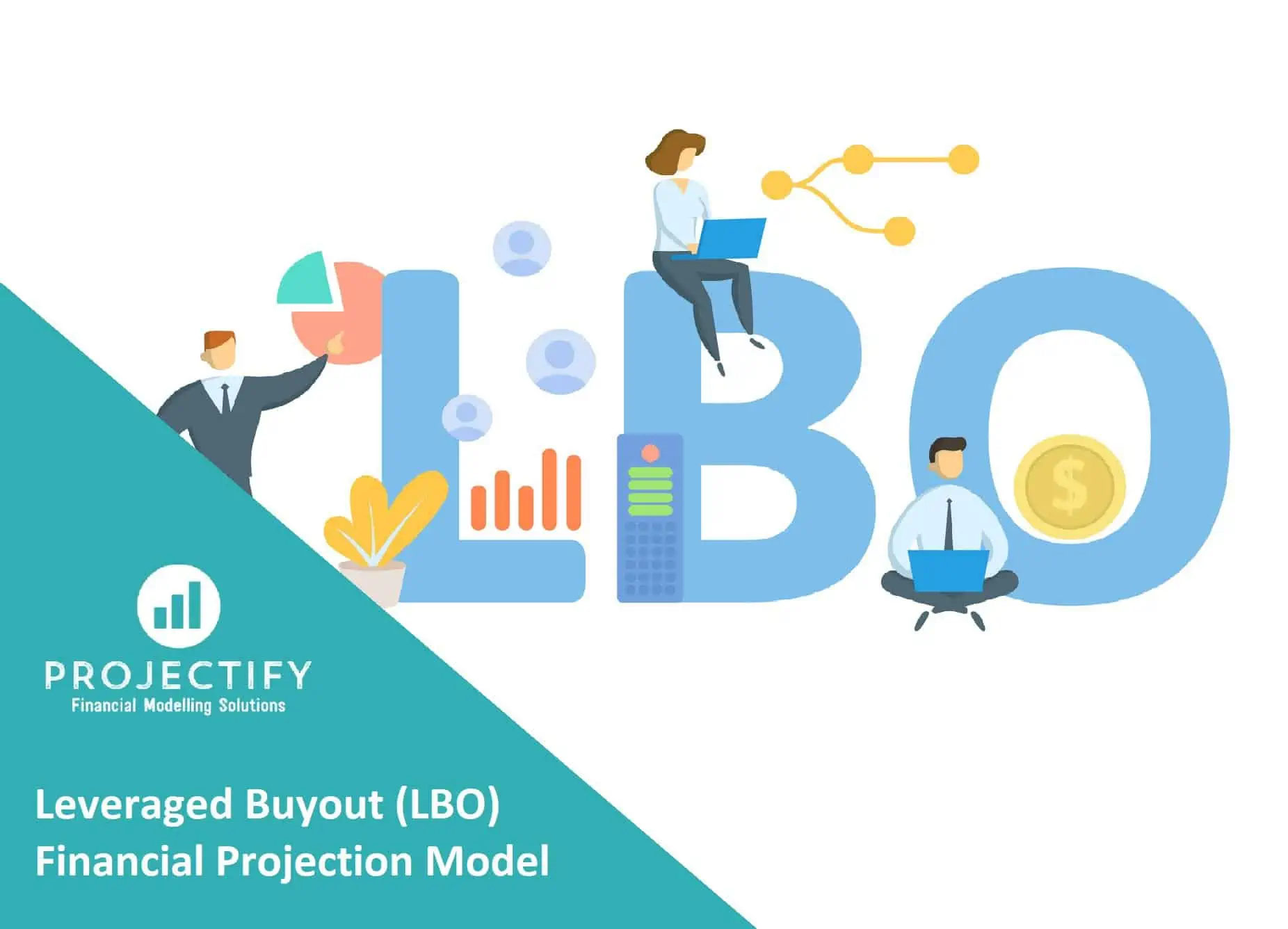Insurance Managing General Agent (MGA) Financial Projection 3 Statement Model
Insurance Managing General Agent (MGA) 3 statement 5 year rolling financial projection Excel model

PURPOSE OF MODEL
Highly versatile and user-friendly Excel model for the preparation of a 5-year rolling 3 statement (Income Statement, Balance Sheet and Cash flow Statement) financial projection with a monthly timeline for a startup or existing insurance Managing General Agent (MGA) business generating commission and fee revenue from the sale of insurance policies.
The model allows the user to model up to 10 different insurance products (can be extended) including new business, renewals, cancellations, and mid-term adjustments (MTAs) for each product with the applicable commission and fee revenue for each type of transaction including sliding scale and profit commission adjustments.
Apart from revenue, the model allows the user to model direct expenses, staff costs, marketing costs, other administrative costs, fixed assets, Insurance premium tax, other sales tax, corporate tax, borrowings, equity additions, and dividend distributions.
KEY OUTPUTS
The key outputs include:
– Projected full financial statements (Income Statement, Balance Sheet, and Cash flow Statement) presented on a quarterly basis across up to 5 years and summarised on an annual basis.
– Dashboard with:
o Summarised projected Income Statement and Balance Sheet;
o Compounded Annual Growth rate (CAGR) for each summarised income statement and Balance Sheet line item;
o List of key ratios including average revenue growth, average profit margins, average return on assets and equity, and average debt to equity ratio;
o Bar charts summarising income statement and Balance Sheet projections;
o Chart presenting revenue mix, total live policies per month, and volumes per insurance product.
KEY INPUTS
Inputs are split into Income Statement and Balance Sheet Inputs. Most inputs include user-friendly line item explanations and input validations to help users understand what the input is for and populate correctly.
Setup Inputs:
– Name of business;
– Currency;
– First projection year and quarter;
– Naming for insurance products, direct expense categories, staff cost categories, marketing cost categories, other expense categories, fixed asset categories, and borrowings;
– Sales tax applicability for revenue and cost categories;
Projection Inputs:
– Commission & Fee Revenue:
o Premium rate per product (with separate inputs for new business, renewals, MTAs, and cancellations)
o Average policy coverage period
o Average claims payment period
o New business volume
o Renewal rates
o Cancellations rates (% of number of policies written)
o MTA rates ((% of number of policies written)
o Commission rates (including maximum, minimum, provisional, and profit commission)
o Expected loss ratios
o Fee rates (with separate inputs for policy administration, MTAs, and cancellations)
o Settlement periods to insurers and for variable commissions
– Staff Costs including:
– Other cost inputs including
o Direct expenses;
o Marketing costs;
o Staff costs;
o Other costs.
– Insurance premium tax, sales tax, and corporate tax inputs including rate and payment periods;
– Dividend inputs including amount or percentage of retained earnings and frequency;
– Fixed Assets including additional amounts and useful life;
– Borrowings including addition/redemption amounts and interest rate;
– Share Capital additions.
MODEL STRUCTURE
The model comprises of 9 tabs split into input (‘i_’), calculation (‘c_’), output (‘o_’) and system tabs. The tabs to be populated by the user are the input tabs (‘i_Setup’, ‘i_Actuals’, and ‘i_Assumptions’). The calculation tab uses the user-defined inputs to calculate and produce the projection outputs which are presented in ‘o_Fin Stats’, ‘o_Dashboard’, and ‘o_DCF’.
KEY FEATURES
Other key features of this model include the following:
– The model follows best practice financial modeling guidelines and includes instructions, line item explanations, checks, and input validations;
– The model is not password protected and can be modified as required following download;
– The model contains a dynamic timeline that allows for a mix of actual and forecast period across a 5-year period allowing projections to be rolled forward from month to month;
– Costs are split into: direct and non-direct for better driver-based forecasting;
– The model allows for the following number of underlying categories for each line item (these can be easily expanded if required):
o Insurance Products – 10 categories;
o Direct Expenses – 5 categories;
o Staff costs – 10 categories (5 direct, 5 non-direct);
o Marketing costs – 5 categories;
o Other expenses – 15 categories;
o Fixed Assets – 5 categories;
o Borrowings – 3 facilities;
– The model included an integrated discounted cash flow valuation using the projected cash flow outputs;
– The model includes instructions, line item explanations, checks, and input validations to help ensure input fields are populated accurately;
– The model includes a checks dashboard summarising all checks included in the various tabs making it easier to identify errors.
Similar Products
Other customers were also interested in...
Insurance Broker Financial Projection 3 Statement ...
PURPOSE OF MODEL Highly versatile and user-friendly Excel model for the preparation a o... Read more
General Insurance Company Financial Projection 3 S...
User-friendly Excel model for the preparation a of 5-year rolling 3 statement financial projection w... Read more
IFRS 17 GMM Insurance Financial Projection Model
IFRS 17 General Measurement Model (GMM) Insurance 5 year quarterly excel financial projection model ... Read more
Insurance Technical Analysis Model
Financial model to compute the underwriting result / operating result across counterparties (interme... Read more
Insurance Company Financial Model – 5YR DCF ...
The insurance financial model is a comprehensive tool designed to analyze the financial aspects of a... Read more
Insurance Company Financial Model – Dynamic 10 Y...
User-friendly Financial Model presenting a business scenario of an Insurance Company. Suitable fo... Read more
Legal Services Financial Model Excel Template
Buy Legal Services Financial Plan. Based on years of experience at an affordable price. Generates 5-... Read more
Asset Management Business Financial Projection 3 S...
3-Statement 5 year rolling financial projection Excel model with valuation for existing/startup Asse... Read more
Leveraged Buyout (LBO) Financial Projection Model
User-friendly financial model to project and analyse the financial outcomes (IRR, projected financia... Read more
Financial Advisor / Financial Planner Financial Pr...
5-Year 3-Statement Excel projection model for Financial Advisor / Financial Planner business generat... Read more
You must log in to submit a review.























